His work depicts the surrounding culture and society: the cafes, theaters and the girls of the 1920s.
Born into a family descended from French immigrants who settled in Louisiana in 1738 and belonged to the cultural elite, Pène du Bois was named after Guy de Maupassant, who was a friend of his father. Gifted with a precocious talent for drawing, he entered the New York School of Art2 in 1899, under the tutelage of William Merritt Chase, who passed on his famous loose touch3. He then studied under Robert Henri, the founder in New York City in the early years of the 20th century of the so-called Ash Can School style, whose powerful philosophical, personal and artistic influence had a lasting impact on the young artist. Henri's lessons led Pène to focus more on the representation of everyday life in his art.
Having followed his father to Paris in 1905, he studied under Théophile Steinlen and exhibited at the Salon de l'Académie des Beaux-Arts. Nevertheless, the untimely death of his father a year later forced him to return to the United States to support his family5. Back in New York, he was hired as an illustrator and draftsman at the New York American where his father worked. Two years later, he began writing art and music criticism for the paper4. 4 In 1913, he became editor of Arts and Decoration while writing for the New York Post and the magazines The Arts and Arts Weekly. He was also one of the founders of Reality: A Journal of Artists' Opinions3.
From the beginning, he was an advocate of new art movements, avidly reporting on the famous Armory Show of 1913 in a special edition of Arts and Decoration. He also belonged to the Society of Independent Artists and the Whitney Studio Club, where he held his first solo exhibition in 1918. In 1920 he began teaching at the Art Student League, largely to supplement his income. In the 1930s, he founded an art school in Stonington, Connecticut, where he spent many summers.
An American Oriental, oil on canvas by Guy Pène du Bois, 1921, Los Angeles County Museum of Art.
After being influenced by the principles of "real life painting" by his master Robert Henri and the artists of the Ash Can School, Pène chose to abandon the dark tones and quick, gestural brushstrokes indicative of his masters in favor of a lighter palette, using invisible brushstrokes. Active in the art scene of early 20th century New York, Pène preferred to capture scenes of social interaction, particularly among the cultural elites of New York society. Often depicted with a sense of irony or gentle mockery, his stylized, simplified figures reflect a witty emphasis and superficiality common among those with whom Pène was in daily contact.
Edward Hopper, whom Pène met while a student of Robert Henri, became a lifelong friend. Throughout their careers, both men displayed a preference for a form of realism over abstraction and other avant-gardes. Upon Pene's death, Hopper wrote, "He was certainly the best friend I had in art. Although his name has less resonance in the annals of modern American art than Hopper's, Pène's contribution is no less valuable. In his autobiography, Artist in Manhattan, American artist Jerome Myers also recalled his close friendship with Pène. Pène also published his own autobiography in 1940, Artists Say the Silliest Things.
He is the father of writer and illustrator William Pène du Bois.
His work is in many collections, including the Smithsonian American Art Museum, the National Gallery of Art, the Phillips Collection, the Montgomery Museum of Fine Arts, the Brooklyn Museum, the Whitney Museum of American Art, the Pennsylvania Academy of the Fine Arts and the University of Virginia Art Museum. A mural by Pène du Bois entitled John Jay at His Home was installed, upon its completion in 1938, in the historic post office in Rye, New York during the Work Projects Administration.
Wikipedia


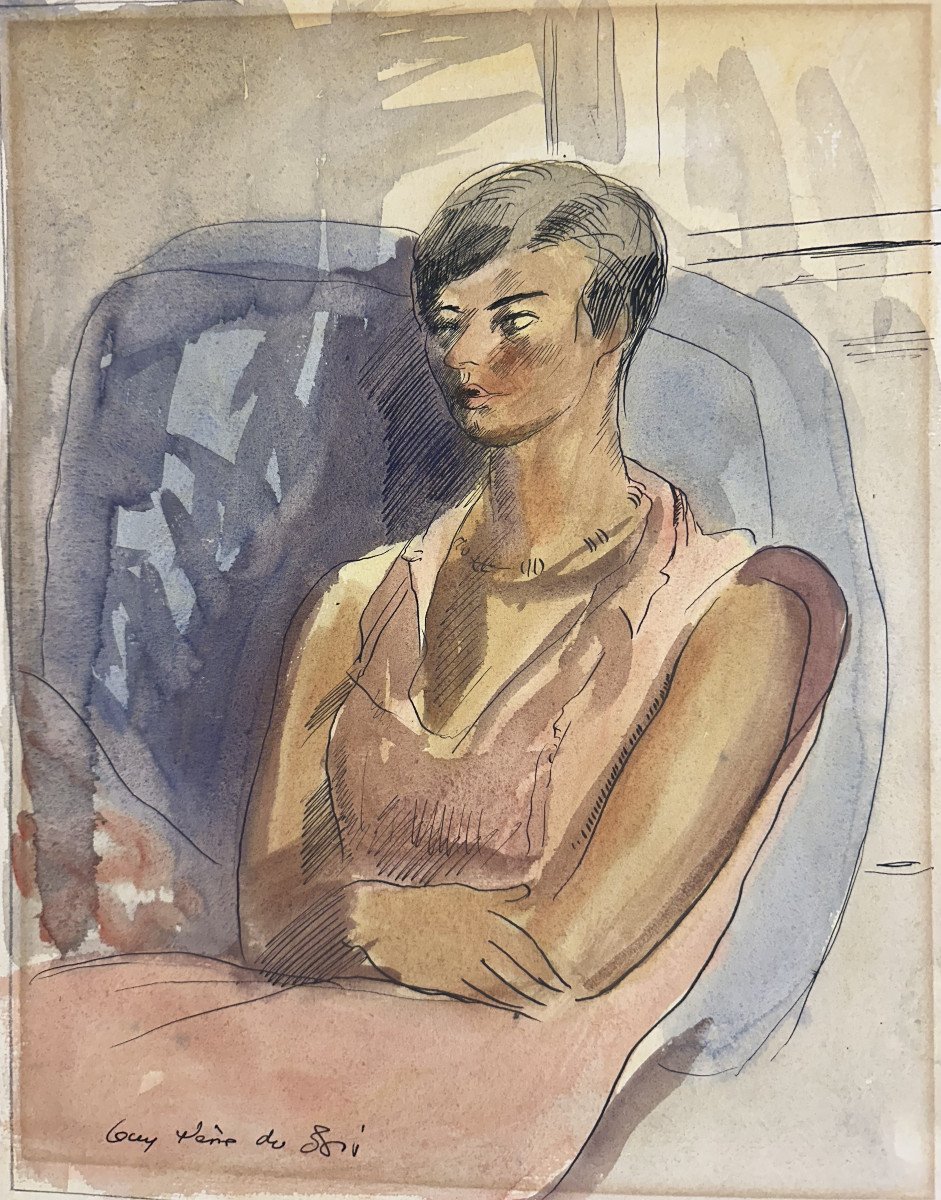







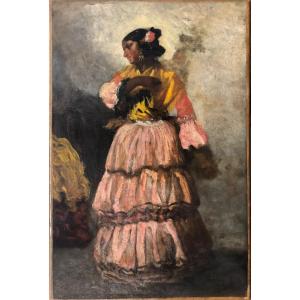
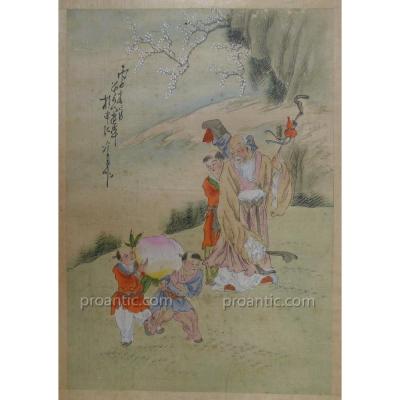


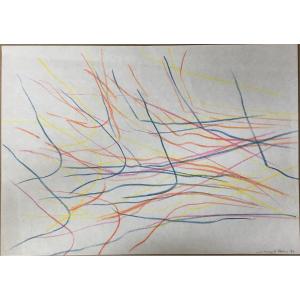






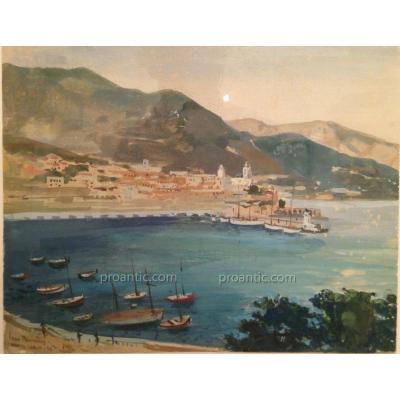
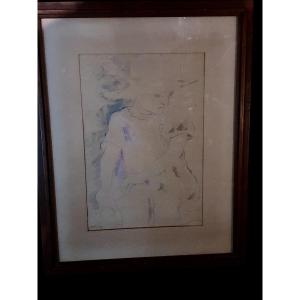






 Le Magazine de PROANTIC
Le Magazine de PROANTIC TRÉSORS Magazine
TRÉSORS Magazine Rivista Artiquariato
Rivista Artiquariato